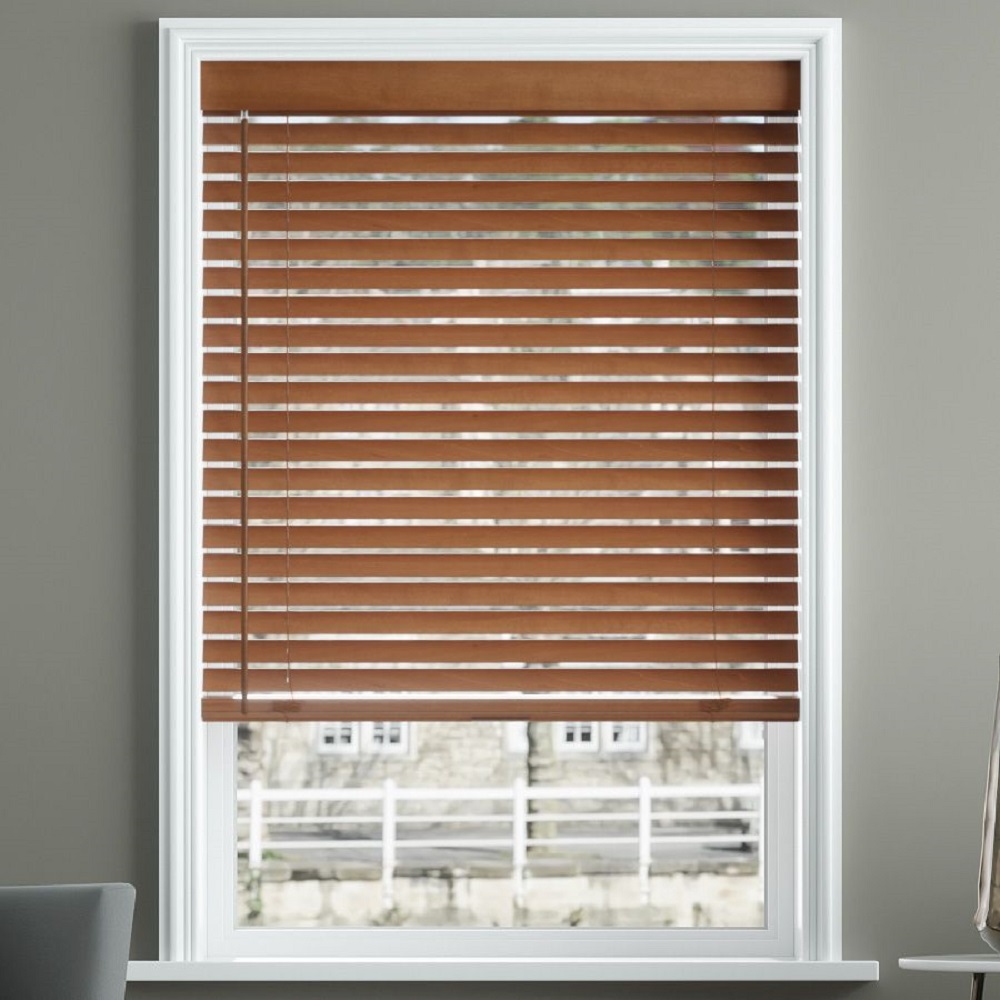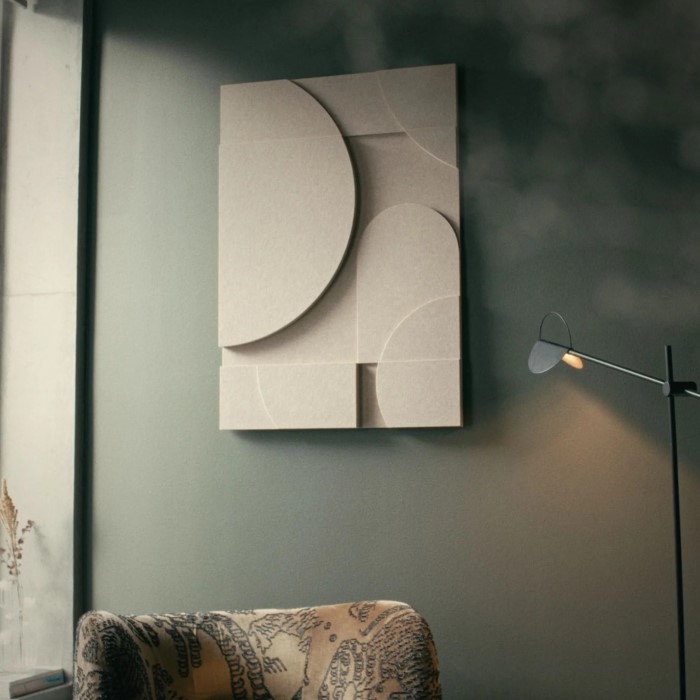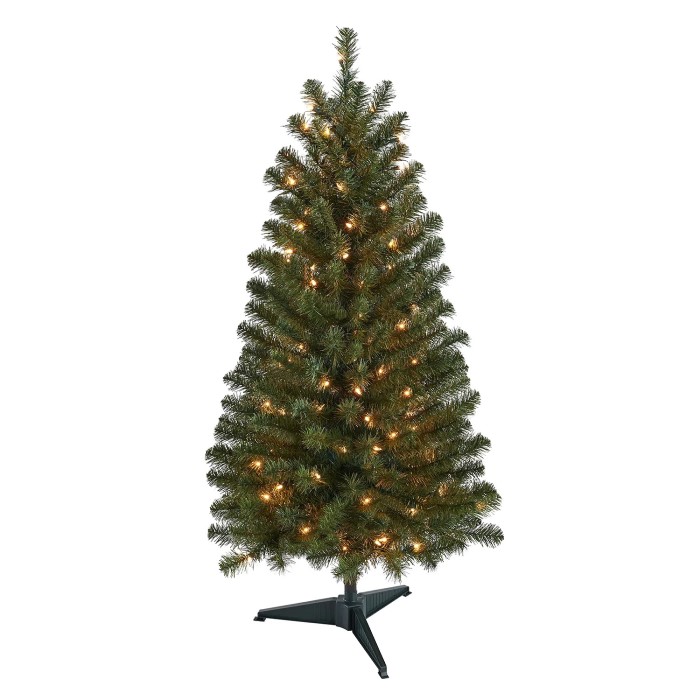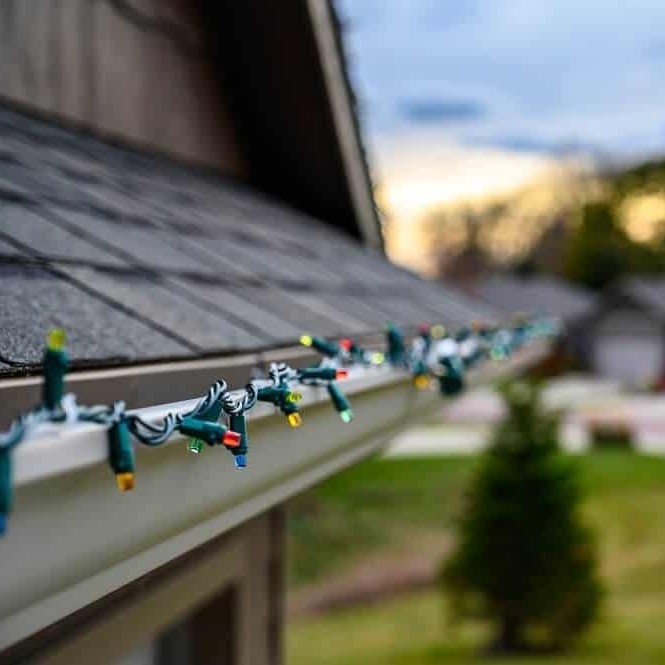Introduction to Inside and Outside Mount Blinds
Choosing the right blinds for your windows can be tricky. Do you opt for inside mounts that fit within the window frame, or outside mounts that hang over the frame? This decision will affect the look, functionality, and installation of your blinds.
Exploring the Basics of Inside Mount Blinds
Inside mount blinds are a popular choice for their neat, contained look. They sit within the frame of the window, making them appear like an integral part of the window itself. Since they don’t overlap onto the surrounding wall, they offer a clean-cut aesthetic that’s particularly favorable in more modern and minimalist decors.
Understanding the Purpose of Outside Mount Blinds
Outside mount blinds, on the other hand, are fixed to the wall or window trim above and around your window. They are ideal for windows without sufficient frame depth and can be an excellent solution for hiding unsightly window trim or frames. Plus, they usually contribute to better light blocking and privacy.
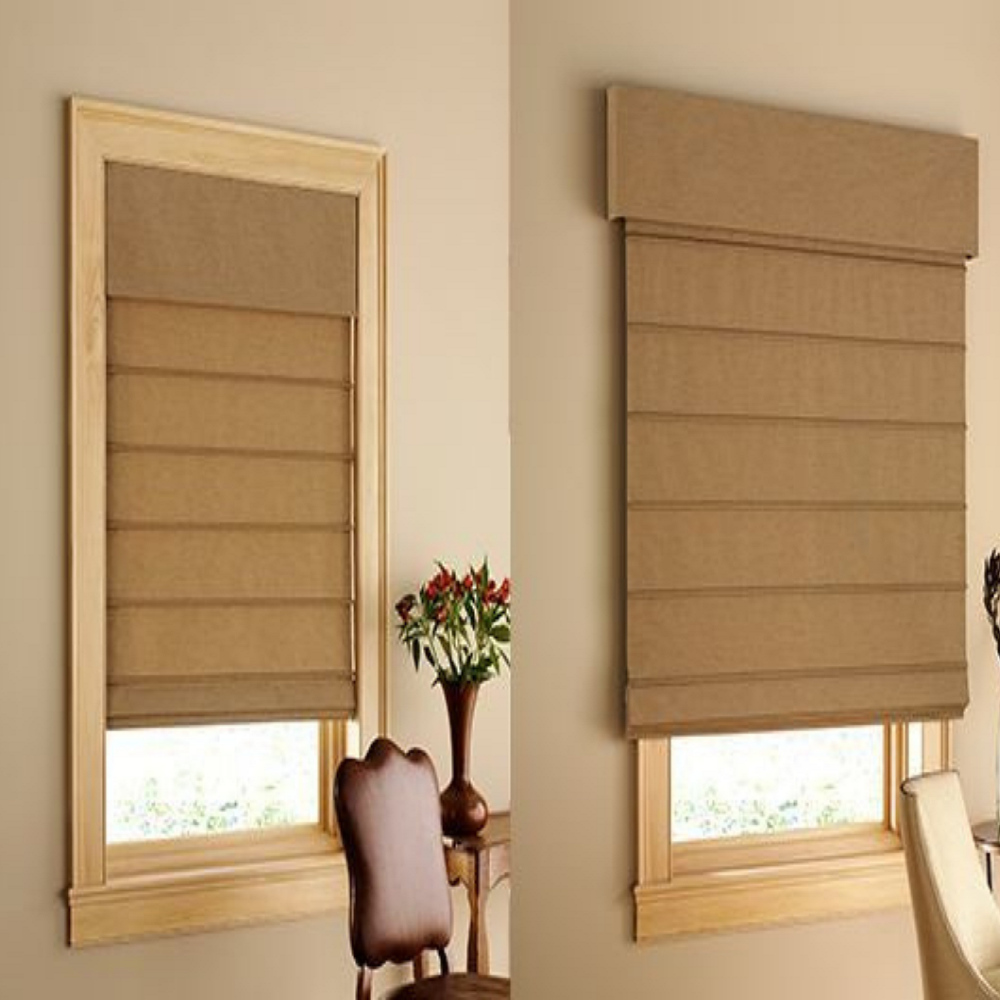
Advantages of Inside Mount Blinds
Inside mount blinds offer several benefits for modern homes and specific window setups.
Seamless and Sleek Aesthetics
Installing blinds inside the window frame creates a sleek, streamlined look. These blinds align perfectly with the frame, providing a tidy appearance without excess hardware.
Full Access to Window Features
Inside mounts allow easy access to the window sill and frame. You can fully utilize the sill for placing objects, and maintaining the blinds comes with ease.
Customization and Fit Precision
An inside mount is custom-fitted to the window’s dimensions. This precise fit gives a tailored appearance and avoids the common issue of ill-fitting blinds.
Enhancement of Window Appeal
The clean installation of inside mount blinds enhances the overall visual appeal of your windows. This is particularly noticeable in settings where the window design is a focal point.
Complementing Modern Interior Designs
Inside mounts are ideal for modern and minimalist decor. These blinds do not detract from a room’s interior design but rather enhance it by their unobtrusive presence.
Preservation of Window Trim
Inside mount blinds do not cover up or interfere with window trimmings. This is especially important in heritage buildings where trim details are an aesthetic feature.
Disadvantages of Inside Mount Blinds
Depth Requirements for Installation
Inside mount blinds need a minimum depth to fit correctly. For proper installation, they require at least 2.5 inches of depth within the window recess. If your windows lack this depth, inside mounts might not be an option, pushing you toward choosing outside mount blinds.
Compatibility Issues with Certain Window Types
Not all windows can accommodate inside mount blinds. Shallow windows, especially in older homes or those with unique architectural features, may not allow for inside mounts due to insufficient depth. Windows with atypical shapes or protruding hardware also pose challenges for inside mount installations.
Installation Complexity
While inside mount blinds offer a sleek appearance, their installation can be more intricate. Precise measurements and alignment are crucial, as any misstep can lead to visible gaps or improper functionality. This complexity often means more effort in installation compared to outside mounts, which can be more forgiving in terms of measurement accuracy.
Potential Light Leakage Issues
Inside mounts fit within the window frame and might allow light to leak around the edges. This can be a drawback for those needing room darkening or privacy, as even a small gap can let in significant light, reducing the effectiveness of the blinds in blocking light entirely.

Interaction with Window Operations
Inside mount blinds can interfere with window operations. If your window features handles, cranks, or levers, the blinds might obstruct their use or can become entangled in the operating mechanisms. This can require adjustments to either the blinds or the window fixtures, adding complexity to their use and maintenance.
Benefits of Choosing Outside Mount Blinds
Outside mount blinds offer unique advantages for various window types and aesthetic preferences.
Versatility in Window Frame Types
These blinds fit all windows, regardless of depth. This makes them a universal solution.
Covering Flaws in Window Frames or Sills
Outside mounts can hide imperfections in window trim or sills, improving the room’s look.
Dramatic Decorative Potential
They offer a range of styles for a bold or decorative window treatment choice.
Superior Light Control and Privacy
These blinds cover more area, reducing light gaps and increasing privacy in a room.
Enhanced Insulation and Noise Reduction
By covering the window fully, these blinds can help insulate rooms and dampen noise.
Simpler Installation for Novices
Outside mounts are easier to install, making them ideal for first-time installers.
Limitations of Outside Mount Blinds
While outside mount blinds offer flexibility and aesthetic options, they do have some limitations worth noting.
Visual Impact on Window Size
Outside mounts can overshadow the window, making it appear smaller. This effect can disrupt the balance of a room’s design, especially in spaces where windows are a central feature.
Restricted Access to Window Sills
With these blinds, using the window sill for decor or plants is challenging. They often block the sill, limiting functionality and access for cleaning.
Need for Heavier Hardware
To support outside blinds, stronger hardware is usually required. This can add extra weight and potentially complicate the installation process.
When to Opt for Inside Mount Blinds
Choosing the right blinds involves understanding your needs and window features. Inside mount blinds fit within your window frame and add a neat touch to your decor. But how do you know if they are the right choice for your space? Consider the criteria below.
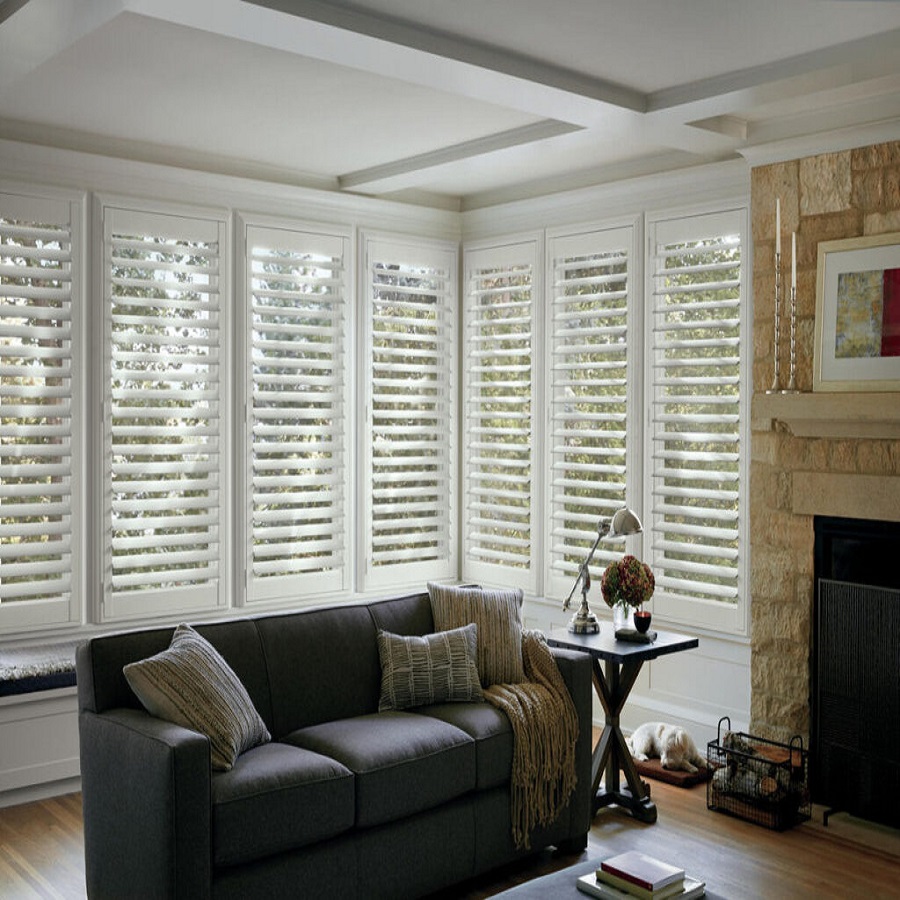
Criteria for Selecting Inside Mounts
- Ensure Enough Depth: Check that your windows have at least 2.5 inches of depth. This space is needed for the blinds to fit properly and operate smoothly.
- Seek a Clean Look: If you want your blinds to look like they are part of the window, go for inside mounts. They offer a seamless appearance with the window frame.
- Consider Window Trimmings: Inside mounts don’t cover window trims. If your window has decorative trim you want to show off, inside mounts are a smart choice.
- Look at Window Operations: Make sure window cranks or handles won’t get in the way of the blinds. Inside mounts should not block these features.
- Think About Room Style: For rooms with a modern or minimalist decor, inside mounts complement the style well. They align with the clean lines and uncluttered look.
- Assess Light Preferences: Inside mounts might allow a bit of light around the edges. If you’re okay with this, inside mounts can work well.
By weighing these points, you can decide if inside mount blinds are best for your home. Remember to consider the visual impact on your space and practical aspects of blind installation.
Deciding on Outside Mount Blinds
Choosing outside mount blinds involves evaluating your window specifications and stylistic preferences.
Situations Favoring Outside Mounts
Certain scenarios make outside mount blinds a preferred choice:
- Lack of Window Depth: If your window frame doesn’t have enough depth for inside mounts, consider outside mounts. This situation often arises in older homes with slim frames.
- Improving Window Aesthetics: When you wish to cover unsightly window frames or sills, outside mounts are effective. They can hide imperfections and enhance the room’s overall look.
- Increased Privacy and Light Control: Opt for outside mounts when you need better light blocking and privacy. They cover more window area, minimizing light leaks.
- Ease of Installation for Beginners: If you’re new to installing blinds, you might find the process easier with outside mounts. They are less demanding in terms of precise measurements.
- Need for Enhanced Insulation: If reducing drafts is a priority, outside mounts can be more beneficial. They offer better insulation by covering the entire window.
By considering these factors, you can make a well-informed decision on whether outside mount blinds are suitable for your home.
How to Choose Between Inside and Outside Mount Blinds
Making the right choice between inside and outside mount blinds can seem daunting. But, a few simple considerations can guide you to the best decision for your windows.
Assessing Frame and Depth
First, check the depth of your window frames. You need at least 2.5 inches for inside mounts. If you lack this depth, outside mounts may be your only option. Measure the frames carefully to be certain of your choice.
Matching Blinds to Room Style
Next, think about your room’s decor. Inside mounts blend well with modern and minimalist styles. They keep lines clean and simple. Outside mounts, however, can make a bold statement. They also cover up any imperfect window trim or frames you might wish to hide.
Considering the Type of Window Covering
Lastly, consider the function of your blinds. For blocking out light and enhancing privacy, outside mounts are superior. They cover more of the window and reduce light gaps. Inside mounts might let a little light in, but offer a sleek look. If you require easy access to window operations, like handles or cranks, inside mounts are better.
By reviewing these aspects — frame depth, room style, and blind function — you can confidently choose between inside vs outside mount blinds. Always keep your specific needs and window features in mind to make the best selection for your space.
Conclusion
Choosing the right window blinds comes down to personal preferences and specific needs. As you consider inside vs outside mount blinds, keep in mind the differences in installation, look, and functionality.
Summarizing the Pros and Cons
Inside mount blinds are great for a clean, built-in look, full window trim access, and complementing a minimalist style. Their custom fit and sleek design enhance window appeal without hiding ornate trims. However, they require adequate depth for installation, may allow light leakage, can prove tricky to install, and might not work with some window mechanisms.
Outside mount blinds are versatile, able to hide unsightly frames, and often easier to install. They offer better light control and can improve insulation and noise reduction. But they can overpower a window’s look, restrict access to sills, and need sturdier hardware.
Making the Right Choice for Your Home
To make the best choice:
- Measure your window frames carefully.
- Think about the room’s style and decor.
- Consider the practicality of light control and privacy.
Inside mounts work well when you desire a tidy look and have the necessary frame depth. Outside mounts are suitable when frame depth is limited or when you need to enhance privacy and light control. Weigh these considerations against your personal taste and practical requirements to ensure you select the perfect blinds for your home.





